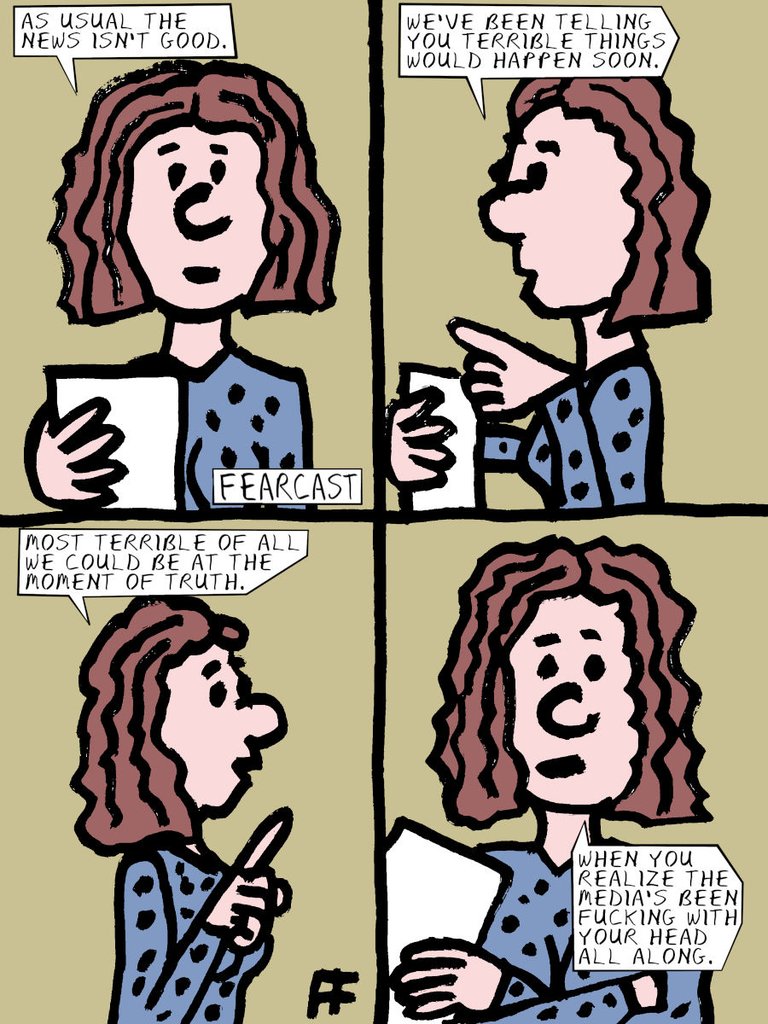
Why News Media Lies to Public
The news media sometimes presents information in a way that can be perceived as lying due to several factors:
Profit Motive: Media outlets often prioritize profit over truth, leading them to tailor content to attract viewers and advertisers. This can involve presenting material designed to provoke strong emotions or align with certain political ideologies.
Balance for Truth: Media organizations sometimes substitute balance for truth, quoting both sides of an issue to appear impartial. This approach can obscure the actual facts, especially when one side is lying or spreading misinformation.
Propaganda Organs: Both Right-wing media organizations, such as Fox News, and Left-wing media organizations, such as CNN, are seen as propaganda rather than news sources by some. They can spread misinformation without thorough fact-checking, and mainstream media sometimes repeats these inaccuracies to maintain a perceived balance.
Public Demand: Media outlets often give the public what they want, based on subscription and click data. This means that content may be skewed towards what the audience is more likely to agree with or consume, rather than presenting a complete and unbiased truth.
Lack of Consequence: Politicians who lie frequently, especially to media outlets that are less likely to challenge them, can avoid accountability. This can lead to a cycle where the public is less likely to hold politicians accountable for their statements.
Media Manipulation: Some media organizations may be influenced by external factors, such as advertisers or political interests, leading them to present a biased or misleading narrative.
Government Influence and the CIA: The Central Intelligence Agency (CIA) has a history of influencing media outlets, with some journalists and media staff members reportedly being on the CIA payroll through programs like Operation Mockingbird. This can lead to the dissemination of government-approved narratives and the suppression of information that contradicts these narratives.
False Equivalency: Fact-checkers and news outlets often balance their reporting to avoid appearing biased, which can result in giving equal weight to false claims and factual information, diluting the truth.
These factors contribute to a perception that the news media is lying to the public, leading to a loss of trust and a complex media landscape where discerning truth from falsehood can be challenging.
This is perhaps an underappreciated factor with even the "new media". Podcasters, Twitter journalists, and YouTubers - the market has a constant demand for content. The content the market values is salacious and inflammatory, any content that will ensure an uninterrupted supply of dopamine.
In legacy social media and new media, content creators are essentially running on a hamster wheel, they must keep churning out what is often relatively shallow content - there is no time for reflection and consideration before it's time to move on to the next thing.
!BBH
!SLOTH
!PIZZA
$PIZZA slices delivered:
(2/20) @alohaed tipped @artgrafiken
People get into the business to "change the world" not "report on the world".
!WINE
!BBH